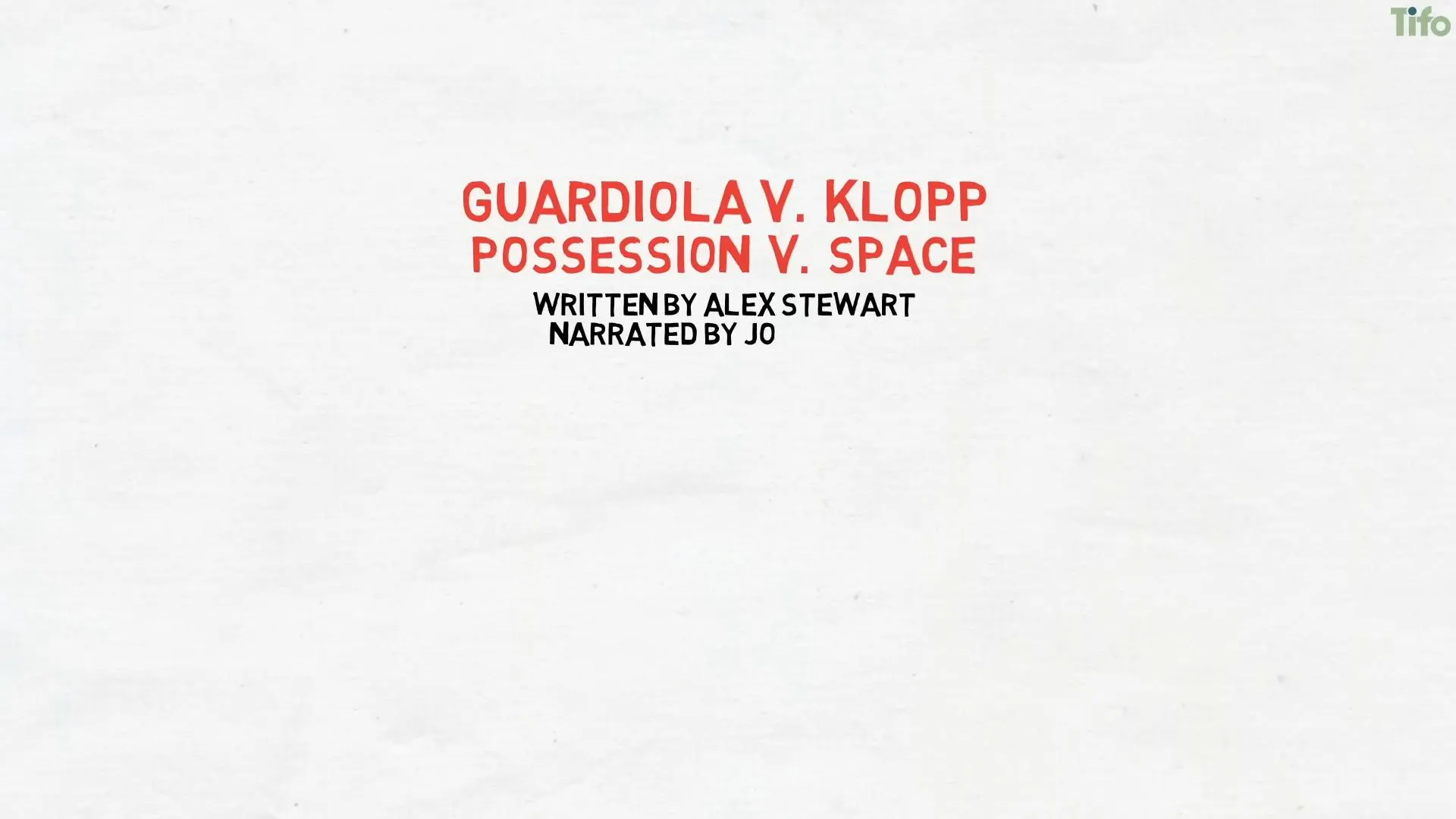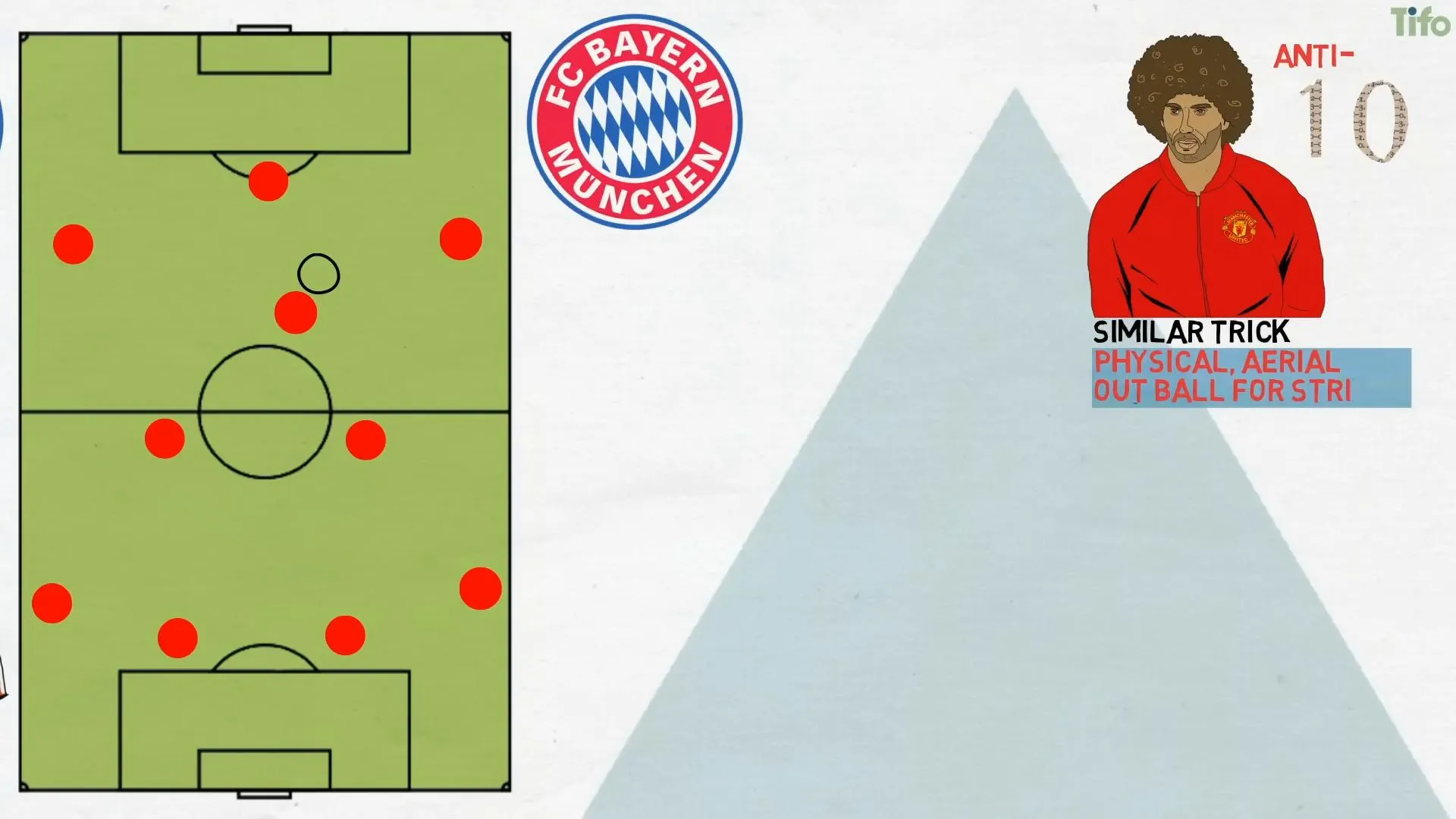Guardiola Klopp tactics have become a focal point of discussion among football enthusiasts, analysts, and fans alike. How do these two legendary managers shape their teams to dominate the pitch? What strategies do they employ to outsmart each other in pivotal matches? This article delves into their contrasting yet complementary philosophies, revealing how their tactical decisions influence game outcomes and the overall landscape of modern football.
In the world of football, tactics play a crucial role in determining the success of a team. Managers like Pep Guardiola and Jürgen Klopp have taken tactical innovation to new heights, each with a unique approach that has led to significant achievements. Guardiola is known for his possession-based style, while Klopp favors a dynamic, high-pressing game. But what happens when these two styles collide? Understanding the nuances of their tactics can provide insights into the beautiful game.
Guardiola Klopp Tactics: A Clash of Styles
When analyzing Guardiola Klopp tactics, one cannot ignore the historical context of their rivalry. Guardiola’s teams are often characterized by their intricate passing and possession, aiming to control the game and dictate the pace. Conversely, Klopp’s teams thrive on counter-attacks and high pressing, exploiting spaces left by their opponents. This fundamental difference in philosophy leads to fascinating tactical battles on the field.
Historical Context of Their Rivalry
The tactical rivalry between Guardiola and Klopp dates back to their time in Germany, particularly during the 2013-14 Bundesliga season. Guardiola faced his first significant defeat as Bayern Munich manager against Klopp’s Borussia Dortmund, a match that highlighted the vulnerabilities in Guardiola’s possession-based system. The 4-2 loss at Signal Iduna Park was a wake-up call, demonstrating that Klopp’s high-energy pressing could disrupt even the most sophisticated tactical setups.
Key Matches That Define Their Tactical Battles
- Supercup Showdown: Guardiola’s cautious approach led to a 3-0 loss at home against Dortmund, revealing the risks of playing expansive football without adequate defensive cover.
- Bayern’s Tactical Shift: In a later match, Guardiola adapted by employing a more conservative strategy, using Javi Martínez as an anti-playmaker to neutralize Dortmund’s counter-attacks.
- Premier League Encounters: Their encounters in the Premier League have often mirrored their previous clashes, with each manager adjusting tactics based on the strengths and weaknesses of the opposing side.
The Tactical Framework: Possession vs. Space

The ongoing battle between possession and space is a defining aspect of Guardiola Klopp tactics. Guardiola’s teams prioritize ball possession, aiming to wear down opponents and create openings through meticulous build-up play. In contrast, Klopp’s approach focuses on pressing the opposition, regaining possession quickly, and exploiting spaces left by the opponent’s defensive structure.
Possession-Based Play: Guardiola’s Philosophy
Guardiola’s style can be summarized as a quest for total control. His teams often utilize a formation that allows full-backs to invert, creating a numerical advantage in midfield. This tactical setup enables precise passing sequences, with players like Kevin De Bruyne functioning as key playmakers. However, the reliance on possession can lead to vulnerabilities if the opposing team effectively disrupts their rhythm.
Key Players in Guardiola’s System
- Kevin De Bruyne: The creative heartbeat of the team, crucial for unlocking defenses.
- Ruben Dias: A solid defensive anchor, vital for maintaining structure in the back line.
- Phil Foden: An adaptable forward who can exploit gaps in the opponent’s defense.
High Pressing and Counter-Attacks: Klopp’s Approach
On the other hand, Klopp’s tactics revolve around high pressing and quick transitions. His teams typically engage in relentless pressing to regain possession, forcing the opponent into mistakes. Once the ball is won, they transition rapidly into attack, often utilizing pacey forwards to exploit defensive gaps. This strategy not only creates goal-scoring opportunities but also keeps the opposing defense on the back foot.
Key Players in Klopp’s System
Key players in Klopp’s system include:
- Sadio Mané: His speed and dribbling ability make him a constant threat on the counter.
- Virgil van Dijk: A commanding presence in defense, crucial for initiating counter-attacks.
- Mohamed Salah: Known for his finishing ability, he thrives in transitional play.

Key Takeaways: Understanding the Tactical Nuances
- The rivalry between Guardiola and Klopp has evolved over time, with both managers learning from their encounters.
- Possession vs. space is a central theme in their tactical battles, influencing match outcomes significantly.
- Key players in each system play pivotal roles in executing their respective manager’s strategies.
- Adaptability is crucial; both managers have shown the ability to adjust tactics based on the match situation and opponent strengths.
Future Implications of Their Tactics
The tactical innovations brought forth by Guardiola and Klopp will continue to shape the future of football. Their influence extends beyond their teams, impacting coaching philosophies globally. Upcoming managers will undoubtedly study their approaches to understand how to balance possession with the need to exploit space effectively.
Conclusion: A Tactical Legacy
The legacy of Guardiola Klopp tactics is one of evolution and adaptation. As they continue to redefine modern football, their rivalry serves as a masterclass in tactical innovation. Each match between them is not just a contest for points but a strategic battle that captivates fans and analysts alike. By examining their styles, we gain valuable insights into the complexities of football tactics, ensuring that the tactical discourse remains vibrant and relevant.
